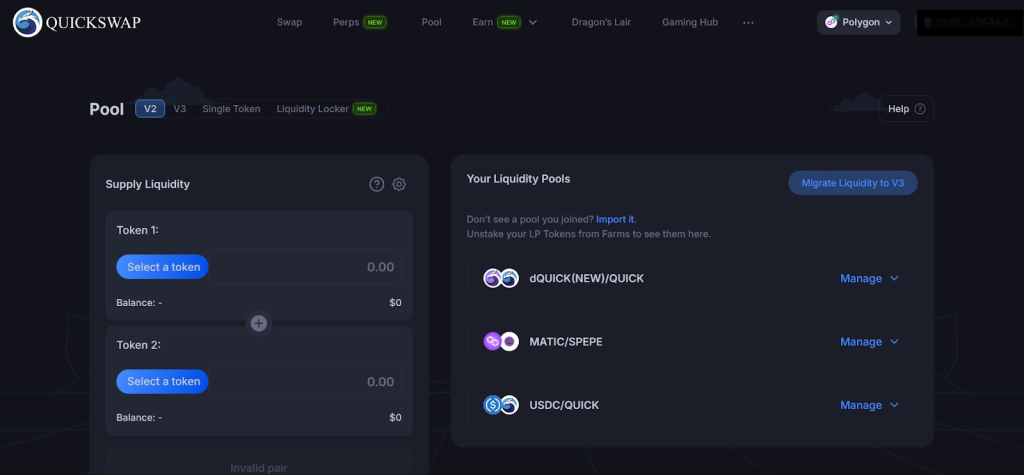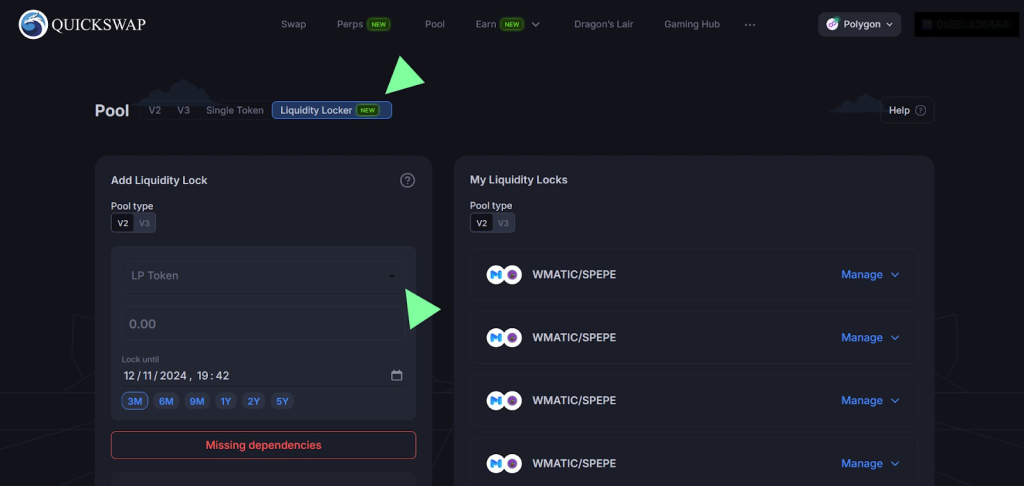In response to escalating concerns over DeFi security, QuickSwap has embraced Team Finance’s Liquidity Locker to fortify its platform against potential financial malpractices such as rug pulls. This significant move in July 2024 has reinforced the security framework on the Polygon PoS network, ensuring a more secure trading environment for its users.
Understanding the Liquidity Locker
Team Finance’s Liquidity Locker tool permits projects to securely lock their tokens on decentralized applications, enhancing transparency and investor confidence. By setting specified durations for token locks and facilitating ownership transfers or splits, the Liquidity Locker ensures that tokens remain locked in the liquidity pool until the stipulated time has elapsed.
Key Features and Benefits
The integration provides essential features such as 24/7 customer support and detailed project listings that showcase important token information and schedules. Team Finance’s audited and secure smart contracts have already managed significant assets, proving their efficacy and reliability in the DeFi space.
How It Works
The Liquidity Locker integrates seamlessly into QuickSwap’s UI, allowing users to easily lock their liquidity directly through the platform. This process involves transferring LP tokens to a time-locked smart contract, enhancing the stability and security of funds within the pool.
For Users: Getting Started
Users interested in utilizing the Liquidity Locker can do so by following a few simple steps:
- Navigate to QuickSwap’s pool selection and ensure the network is set to Polygon PoS.

- Select the LP token to lock, specify the amount, and set the lock duration.

- Approve the transaction to lock the liquidity securely.
Enhancing Ecosystem Trust
This strategic integration not only protects participants but also cultivates a trustworthy environment conducive to attracting new projects and investors to the QuickSwap platform. It positions QuickSwap as a leader in DeFi security, encouraging broader adoption and sustainable growth within the ecosystem.


